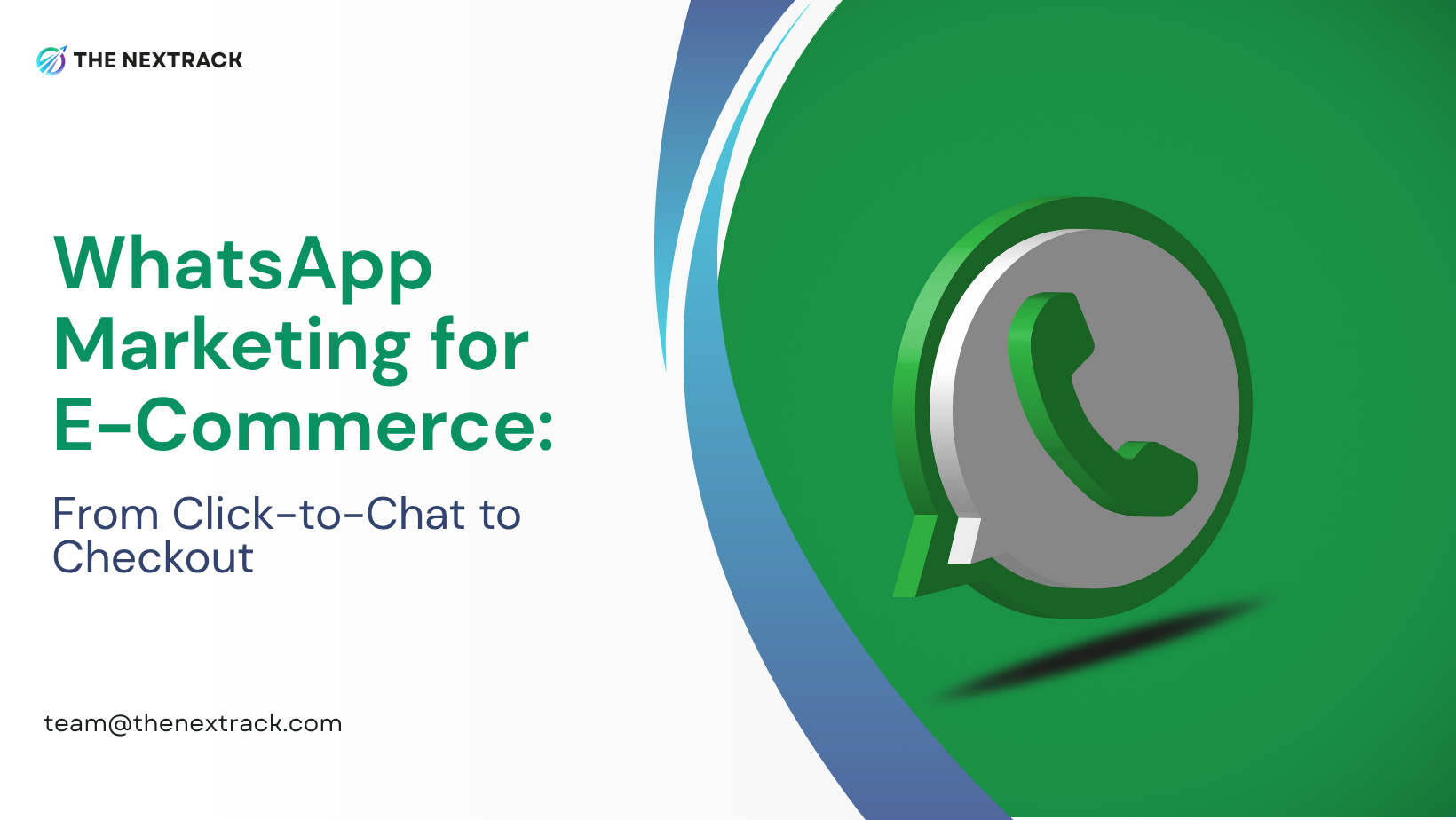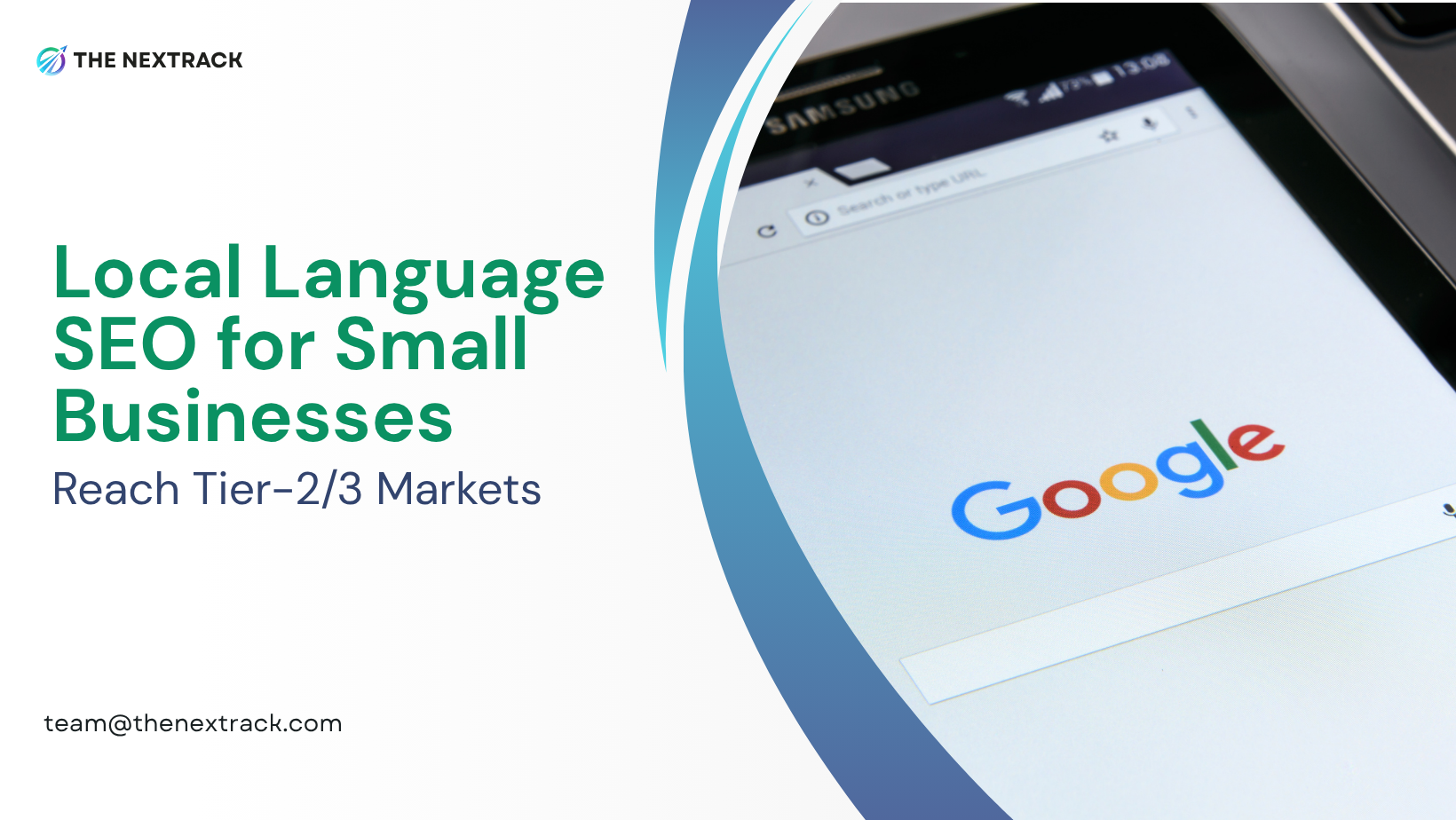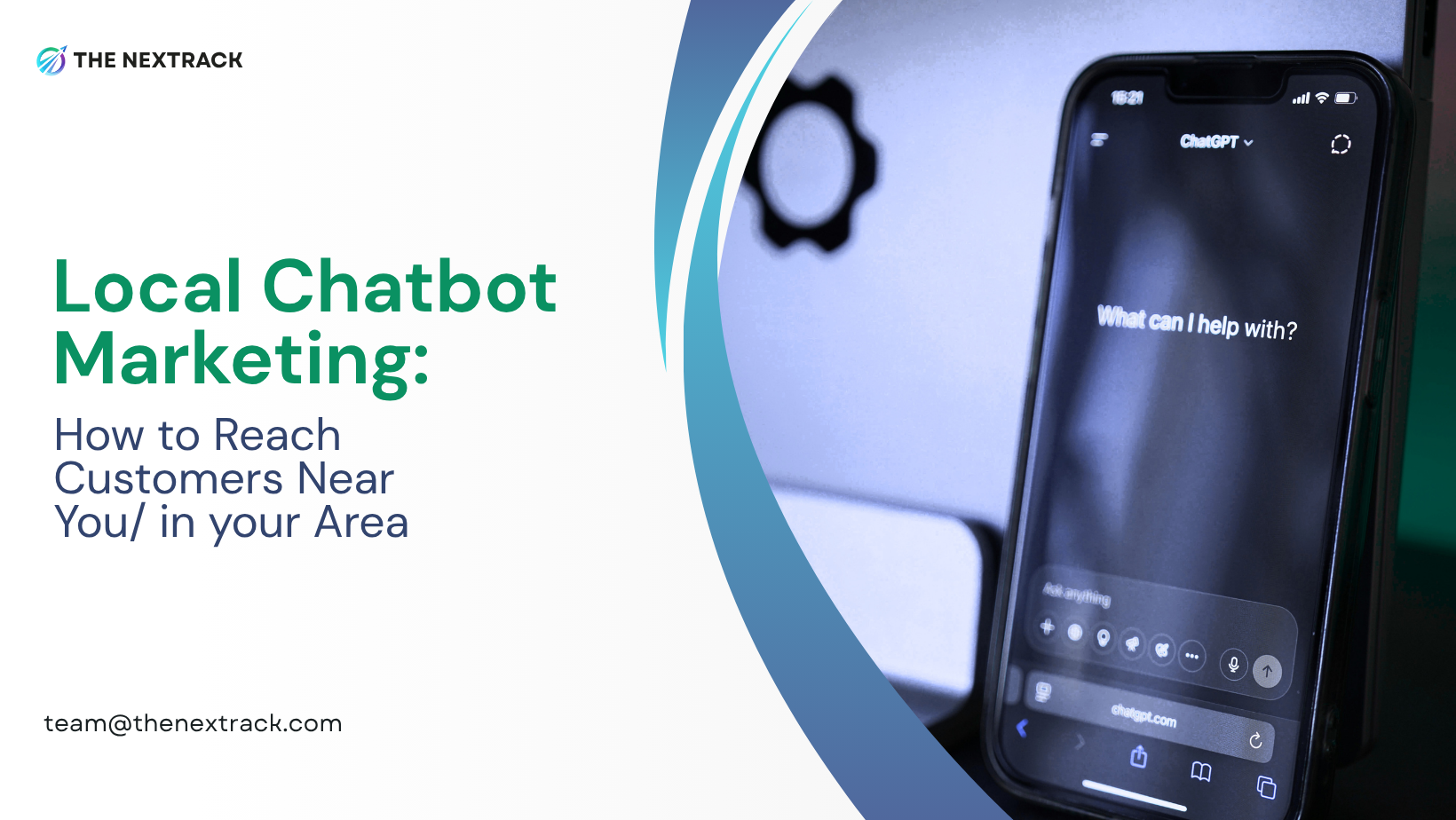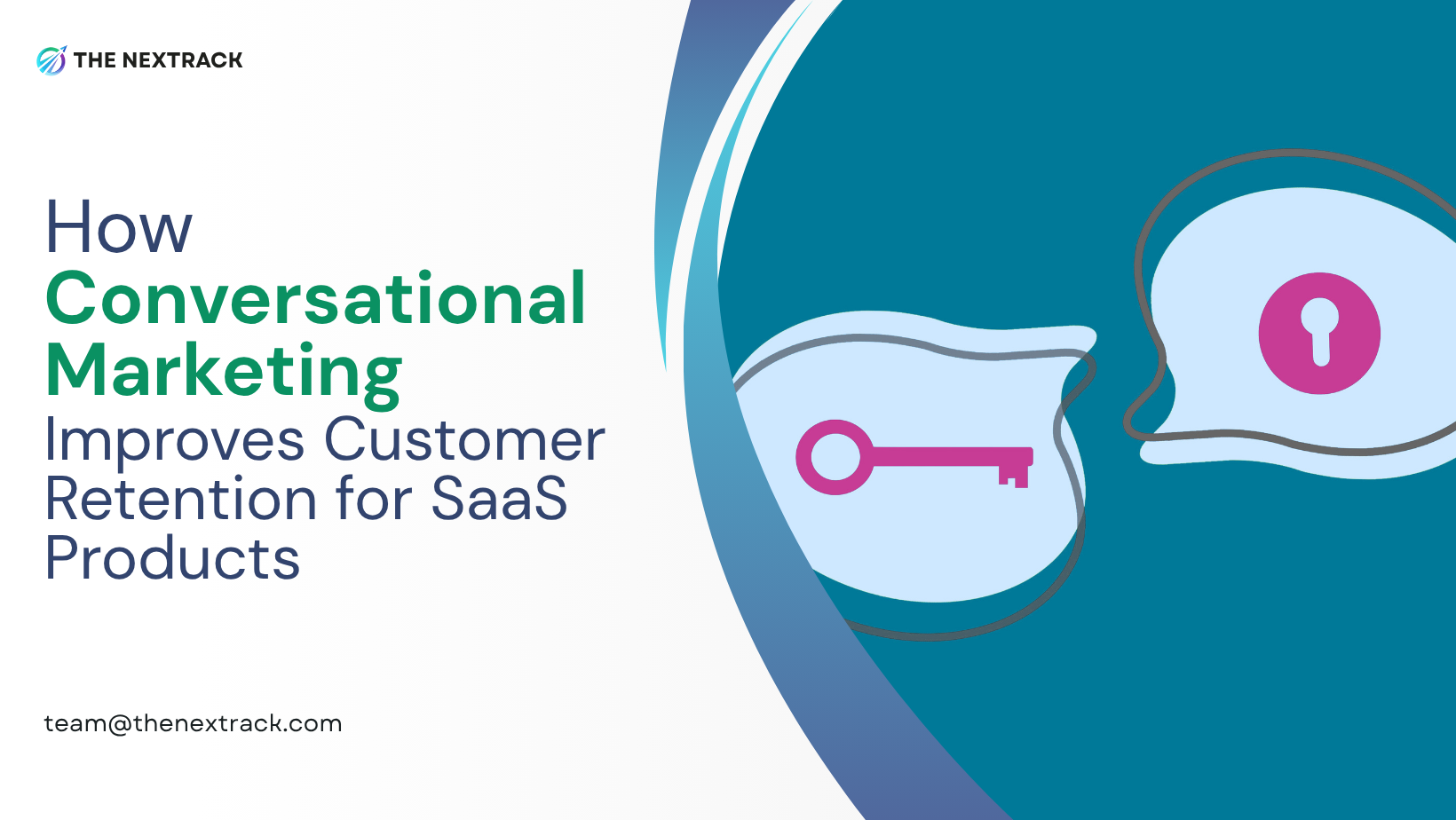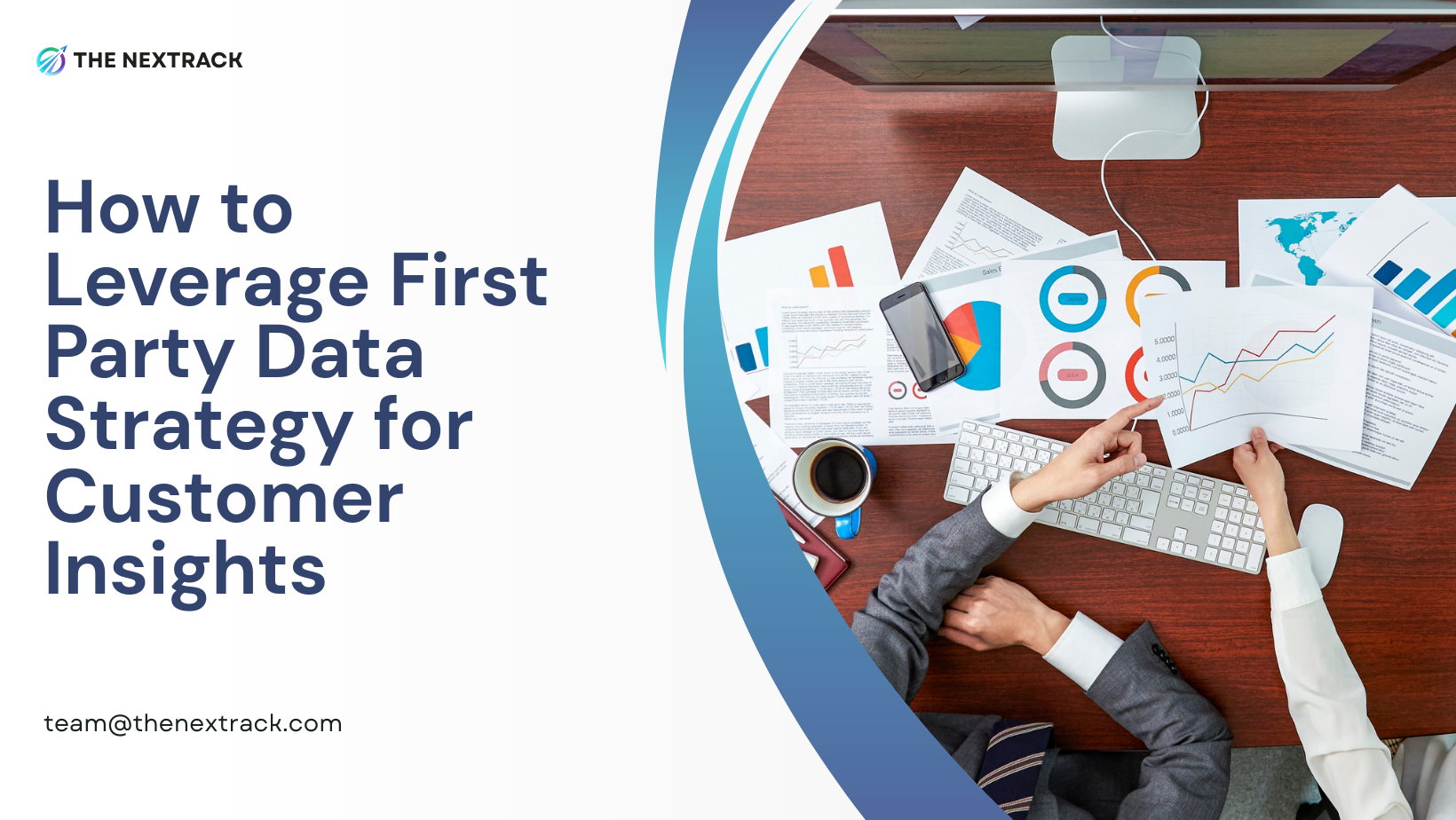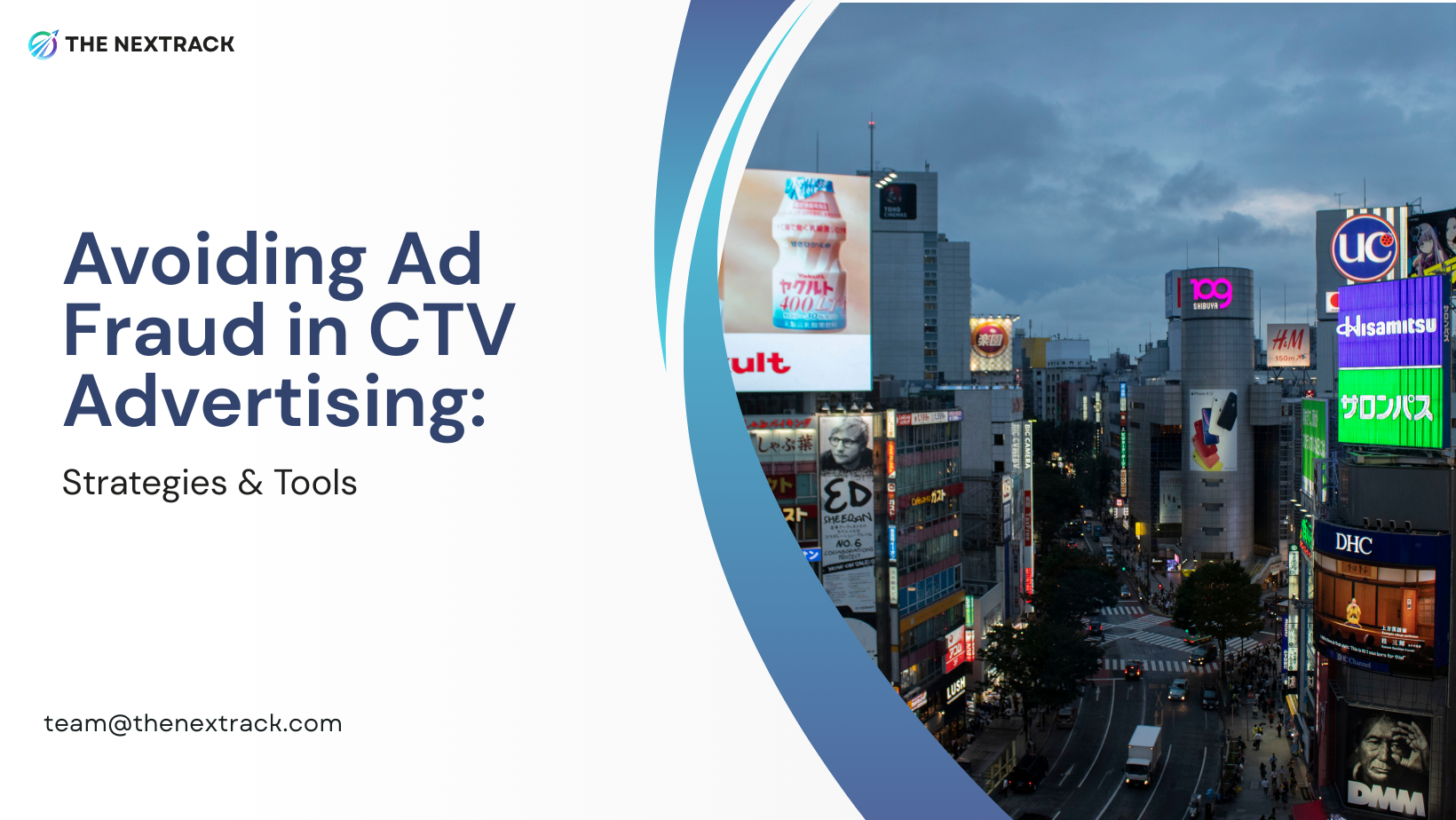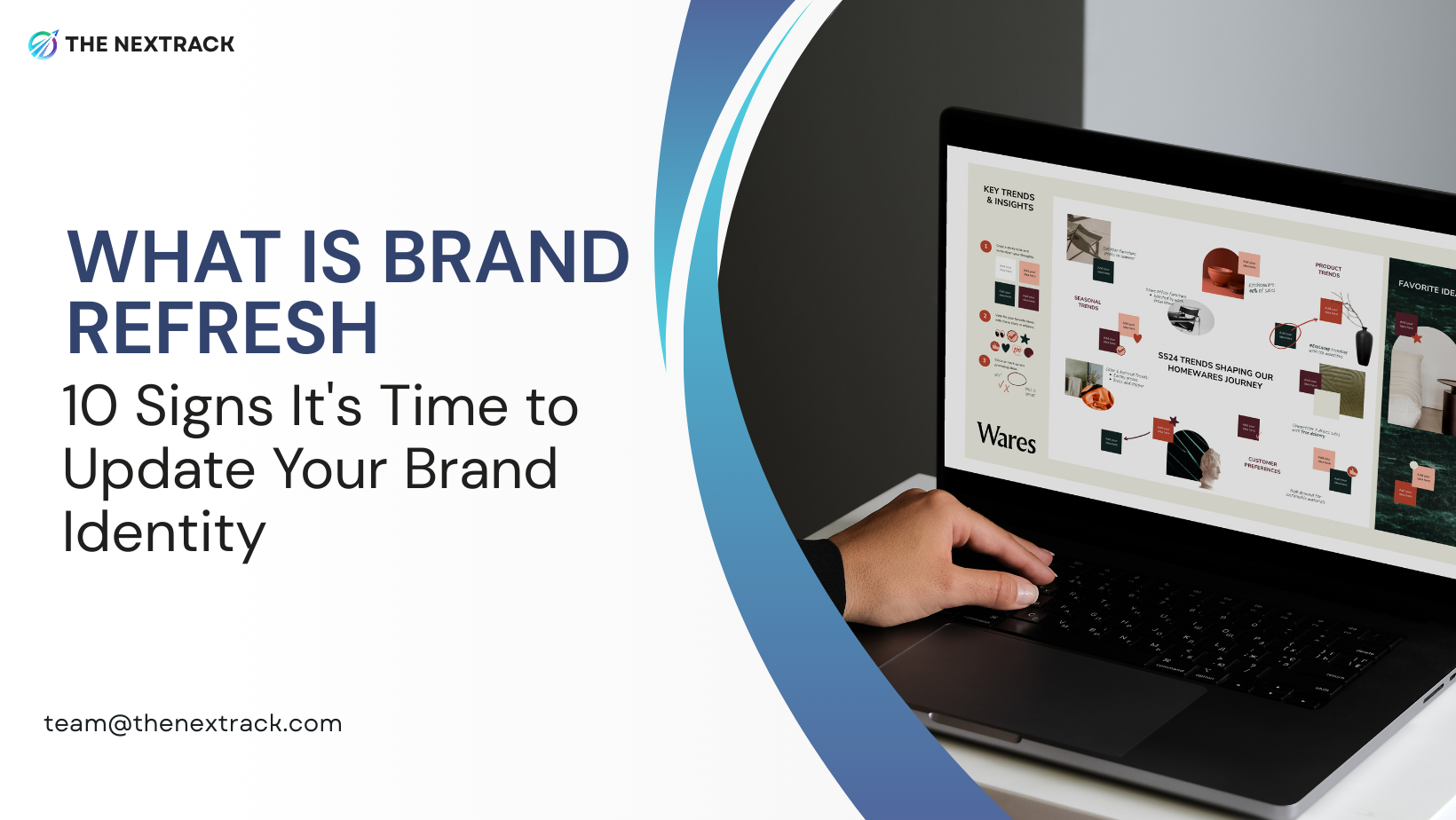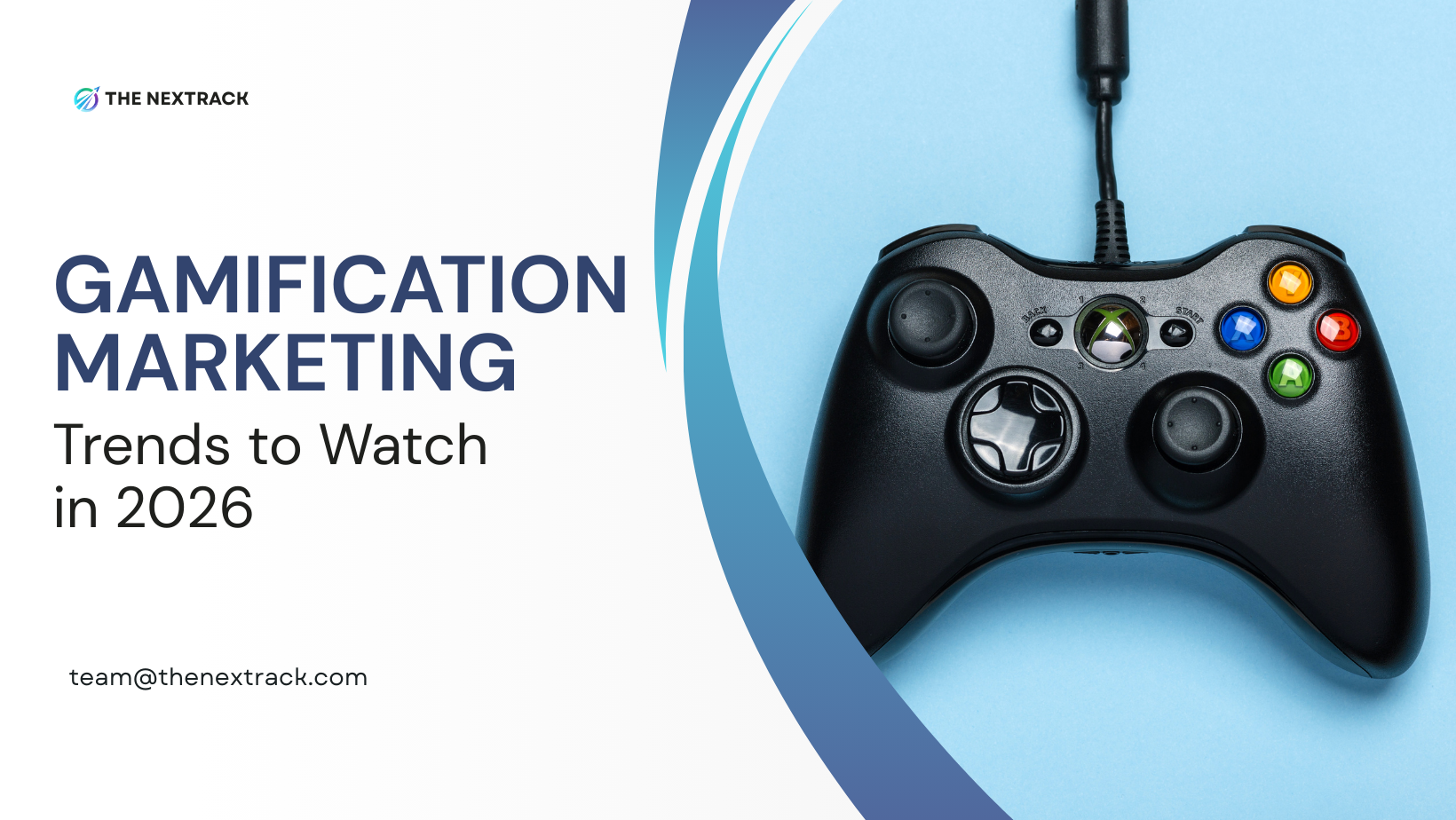Once I mention the word digital festival marketing, you can envision huge budget billboards, celebrity advertisements, or huge influencer promotions. However, the real success in the digital world belongs to a combined strategy: to the one based on the use of the digital marketing of the festival, intelligent SEO, specific emailing campaigns, and properly designed paid advertisements.
Why? The audiences, as they are online, mobile, share-happy and expect experience, not only adverts. An effective festival marketing program increases awareness and stimulates the sales of ticket, engagement, and loyalty until the event is finished.
You will have all of that in this guide: the underlying mindset, specifics of SEO, email, paid advertisements, how they combine, what metrics you should monitor, and even the checklist that you can implement. No platitudes, just tips that you can use to have a better future festival or event marketing plan.
2. Understanding Your Audience & Goals (Foundation)
The most effective festival marketing strategies would always start with the question who and why before setting into action tactics.
Define your target audience
Question: Who are you going to have at your festival? Are they home born or out of town? Families, students, thrill-seekers, music lovers? E.g. a family-based community festival will require vastly different message compared with a high energy music festival targeting 18-35 year-olds. The point of segmentation is that you are able to customize your message that you are sending and platforms.
Set clear objectives
What is your goal with festival marketing?
- Sell X tickets by date Y.
- Create a list of interested attendees via email.
- Create brand awareness of your event brand.
- Enhance recurring attendance in the following year.
Setting goals makes your tactics focused and quantifiable.
Map the attendee journey
Determine your unique value proposition (UVP)
Why should someone choose your festival? is the question to be answered in your festival marketing message. perhaps it is a place (in the hills of Rajasthan), a theme (environmentally conscious music and arts), or optional extras (VIP lounge, art installations, family zone). This UVP must be concise in SEO content, email subject lines and paid advertisement designs.
3. SEO for Festival Marketing
SEO is one of the most valuable but the least considered channels of marketing festivals. I refer to this section of your digital festival marketing basis.
Keyword research for festivals
Begin with what people are searching about in and around the festivals: e.g., music festival India 2025, community art festival tickets, food and culture festival near me, etc. These are what you use as landing pages, blogs and long-tail phrases. Use query modifiers such as 2025, small festival, local festival marketing ideas to grab low ranking queries.
On-page SEO
- Develop a special landing page of your festival: date, place, artists.
- Your key keyword which is festival marketing (when it is right) should be found in the title tag and meta description and you should have a powerful call-to-action.
- One of the headings (H1) could be: Festival Marketing Strategy [your festival] 2025.
- Enter your secondary keywords: e.g. festival event marketing, festival marketing tactics.
- Include ALT tags in the use of images such as: festival marketing ideas outdoor music.
- Install Event schema markup in order to make the search engine to know about your festival.
Technical & mobile optimisation
Most attendees of the festival visit the internet via their phones and so your site should be fast loading, mobile friendly and simple to navigate. Page speed, clean URL structure, secure (HTTPS) – they are in favor of your SEO.
Local & niche SEO
In case your festival is region-oriented (e.g., Rajasthan, India), you can use such phrases as festival marketing in India, community festival Rajasthan, local festival promotion India.
Name your Google Business profile (where applicable) and local directory listing venue.
Backlinks: collaborate with other tourism boards in the area, and establish venues to generate authority.
Content & link strategy
Create blog posts about things like the festival marketing concept of small events, how to market a community festival, best practices of festival email marketing, and so on. These provide support to your primary landing page through internal linking.
Promote guest posts or affiliates in your site (increasing SEO authority).
Seasonal/temporal optimisation
By their nature, festivals are time sensitive, which means you want to optimise your content before your tickets go on sale, you want to create early buzz, and then update it towards the end. As an example, you could release a list six months prior to the event called festival marketing checklist 2025 after which you could release another one called festival marketing last-minute tips one month before.
Measurement & continuous improvement
Follow organic traffic, bouncing, conversion of organic traffic (ticket sales). Consult Google Search Engine and Google analytics. Are keywords ranking? Are visitors converting? Otherwise, optimize your copy, UX or offers.
4. Email Marketing Tactics for Festival Marketing
When the people know you have a festival by the use of SEO or social, email marketing comes in to foster the process into conversion. It is at this point that the festival marketing strategy is clever and customized.
Building your list
Give away a lead magnet: e.g. early-bird offer, first look preview, behind the scenes.
Divide your list: new leads, repeat attendees, VIP lists, local vs out-of-town.
Make sure you obtain permission (particularly with global visitors). Segmented list implies that you can use personalized messages ( Welcome back vs First time?). Here’s what to expect”).
Email campaign workflow
- Pre-event: Save the date email, lineup announcement, First statement of early bird tickets, Spotlights of vendors/artists.
- During event: Notifications, update on schedule, mobile-friendly, on-site notifications (through email or application) to remind attendees.
- Post-event: Good-bye email, recap of photo gallery, survey, next-year teaser (see you next year!).
Your email communication must support your strategies in marketing the festival – add value, cause FOMO (fear of missing out) and share.
Crafting compelling email content
Be urgent in subject lines: Only 48 hours left to get early-bird tickets!, Line-up just dropped – festival marketing hacks inside. Personalize: Welcome to the festival, Hi [Name]?
Write narrative copy (“imagine dancing under the stars…). Conspicuous CTA with small buttons such as Buy tickets, See lineup, Invite friend. Ensure the mails are mobile friendly (the majority of opens would be mobile).
Automation & triggers
Set up:
- Welcome series (new subscriber).
- Email on abandoned check out of ticket (when someone began purchase but had not finished).
- Early bird close date reminder.
- Follow-up and loyalty email posted after the event.
All these combine with your overall festival marketing plan.
Measurement
Monitor open-rates, click-through-rates (CTR), conversions (number of email receivers who purchased tickets), growth rate of the list, unsubscribe rate. Test this data on subject lines, segments, content.
5. Paid Advertising Tactics for Festival Marketing
Paid advertisements are the booster in your festival marketing campaign. After creating awareness and getting leads, the paid campaigns will convert the fence-sitters.
Paid channels overview
- Search ads: Individuals are actively searching on music festival tickets 2025 [city], ideas on festival event marketing. Use high-intent keywords.
- Social ads (Facebook, Instagram, TikTok): Excellent to create an interest, enjoy material images/videos, attract demographics.
- Display/Video ads (YouTube, networks): Retarget to people that visited your site and did not convert, or display teaser videos to create excitement.
Audience targeting & segmentation
Target demography (age, location, likes such as live music, attendee at the festival), demographics of the previous attendees.
Geo-targeting matters: domestic population + domestic region + out of town tourists.
Retargeting: individuals that visited landing page, started ticket purchase and did not complete.
Ad creative & messaging
Show dramatic images: masses, light, excitement, festival moods.
Make it urgent: “Tickets selling out!”, “Early bird closes in 3 days!”.
Add social evidence: “We sold out in 30 minutes last year (assuming that you have that stat).
Match landing page with ad copy to make users feel continuity (key to conversion).
Dedicated campaign landing pages
Do not redirect the ad traffic to a generic home page. Make particular landing pages of every campaign: e.g., Early bird tickets – festival marketing ideas in your city. This will guarantee an increase in conversion rate and will help you in your tactics of marketing your festival.
Budgeting & bidding strategies
Establish a KPI: cost per ticket, return on ad spend (ROAS). Launch simple, experiment with creatives, audiences and landing pages; use the winners. Include negative terms in search campaigns, and therefore you will not get irrelevant clicks (e.g., “festivals marketing jobs post” and you are selling tickets).
Attribution & analytics
Connect with your email analytics and ticketing system Track conversations through ad platforms (Facebook/Instagram Ads Manager, Google Ads). There might occur some sales following the ad click (delayed conversion). evaluate the use of UTM parameters to trace source.
Such an example stat in the event industry: 21 percent of events around the world will be virtual-only in 2025; 63 percent of organisers intend to make more investments in virtual events.(Cvent)
Take this information into consideration when determining whether to focus on paid ads to promote virtual/hybrid or physical festival.
Special tactics & pitfalls
- Countdown timers, influencer content within advertisements.
- Do not initiate expenditure on paid before your event information or finding a venue-irrelevant changes are killers of ROI.
- Poor landing pages or mis-matching advertisement copy decreases the conversion significantly.
- Keep track of the frequency of ads (excessive exposures to an ad result in ad fatigue).
6. Integrating Channels & Building a Conversion Funnel
To win the game of digital festival marketing, you will have to integrate the SEO, email and paid advertising into a funnel that makes sense.
Consistent branding & messaging
Make sure your messaging aligns across channels: the topic you cover in SEO content, the tone of your emails, the visuals in your ads—all should feel like part of the same story. That strengthens your festival marketing strategy.
Use data feed-back loops
- Use email campaign data (opens, clicks) to refine paid ad audience segments.
- Use paid ad data (what creative worked) to refine content topics for SEO.
- Use landing page analytics to tweak UX and copy.
This integration is what separates average marketing from high-performing festival marketing.
Timeline & campaign calendar
Build a timeline. For example:
- 12 months out: define audience, UVP, start SEO content.
- 8–9 months out: build email list, publish blog content, SEO landing pages.
- 6 months out: launch paid ads for awareness.
- 3–4 months out: accelerate retargeting, push early-bird.
- Event day: onsite digital tactics (live social, push notifications).
- Post-event: email recap, gather UGC, start next year’s planning.
If you’re running a smaller community festival, adjust timeline shorter but keep same funnel logic.
Budget allocation (example)
- SEO/content: 30%
- Email/list build: 20%
- Paid ads: 40%
- Contingency/influencer/UGC campaigns: 10%
Adjust based on scale—small events may spend less but still follow same proportions and funnel design.
8. Special Considerations & Advanced Tactics
Strong festival marketing plan also takes into consideration progressive and subtle factors- most of the best websites overleap these.
Mobile / On-site digital marketing
- Take advantage of push notifications through an app of the festival or WhatsApp broadcast to stay informed of the schedule changes, promos, sponsor activities.
- QR codes at location redirecting to feedback or annual ticket promotion.
- Live streaming or hybrid components to attract distant audiences (making your funnel bigger). A virtual aspect is added to many festivals today – and 21% of the events in 2025 are to be virtual-only. (Cvent)
International & cross-border visitors
In case your festival attracts tourists, then you will require multilingual SEO, advertisements to other areas/countries, timezone sensitive schedules, localised mail messages. In addition, make sure that your site takes international payment methods, your copy is in international English and event details includes travel/accommodation.
Sustainability & inclusivity messaging
The modern festival attendees are concerned with values. Emphasizing the concept of eco-friendly, available location will appeal to the audience of awareness, the variety of artists available to you can be included in your marketing strategy of the festival. This differentiates and creates loyalty.
Indicatively, a recent study revealed that 78% of the Millennials are more likely to spend on experience than on objects. (Amra and Elma LLC)
Crisis & contingency planning
Festivals encounter weather, permit problems, transportation problems. Communication plans must be part of your marketing strategy: emails, social posts, advertisement concerning changes, refunds, live updates. This is ready saves your brand and preserves trust.
Technology & innovation
Test immersive technology: AR filters on social and interactive advertisements, live video. One Marketing statistic: 67 percent of viewers of live video are more inclined to purchase their tickets in the future. (Amra and Elma LLC)
The potential of this type of innovation provides an advantage to your marketing of the festival.
Partnerships & sponsorships
Take advantage of sponsor networks – they can distribute your email, advertise on your site (nearer to top of search), co-brand, offer promo code deals. This promotes both your inorganic and paid channels.
Local vs global festival marketing
Small community festivals are not the same in terms of scale and budget in comparison to major destination festivals. Adjust your marketing strategies to the festival: spend less, use local SEO, grassroot email/UGC, micro-influencers.
Budget hacks for smaller events
- Ask the attendees to make UGC and post using a hashtag (low cost, high impact).
- Go with micro-influencers (local celebrities) rather than costly celebrities.
- Come early and you will obtain cheaper ad inventory and reduced CPC.
- Create content (blogs, videos) to be used as free organic drivers instead of a fully paid advertisement.
12. Conclusion
Tying it all up: an effective festival marketing strategy in modern times is no longer the flashy channel anymore- it is a matter of integrating SEO, email, and paid ads into a single funnel. That is what allows you to draw new visitors, transform them into ticket purchase, and gain loyalty towards the upcoming events.


